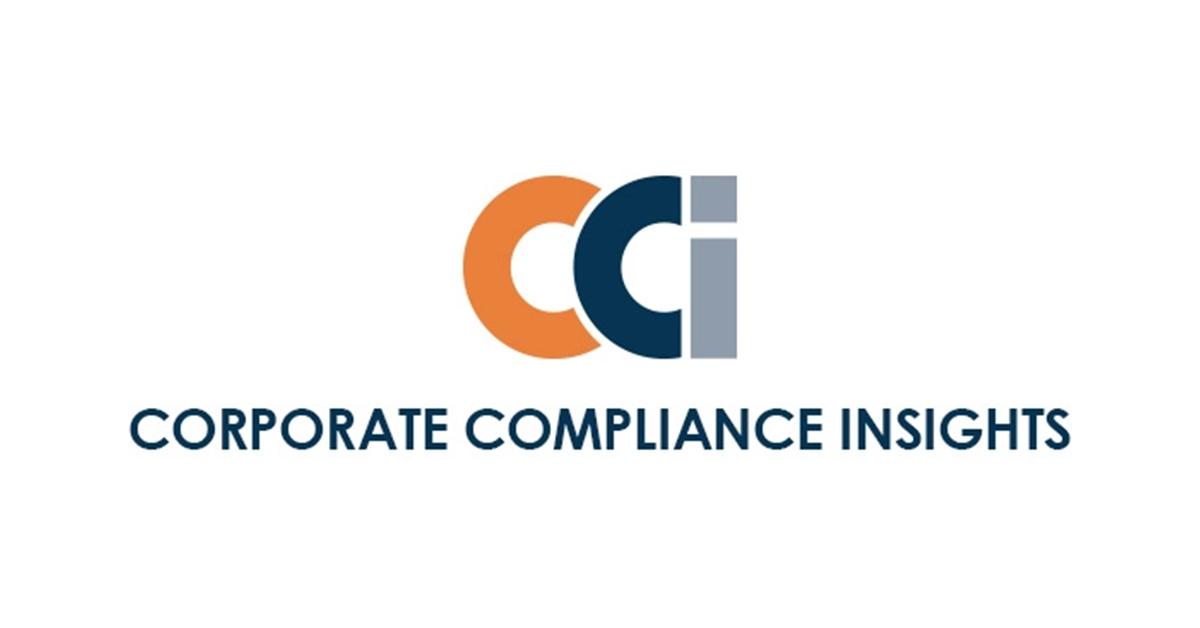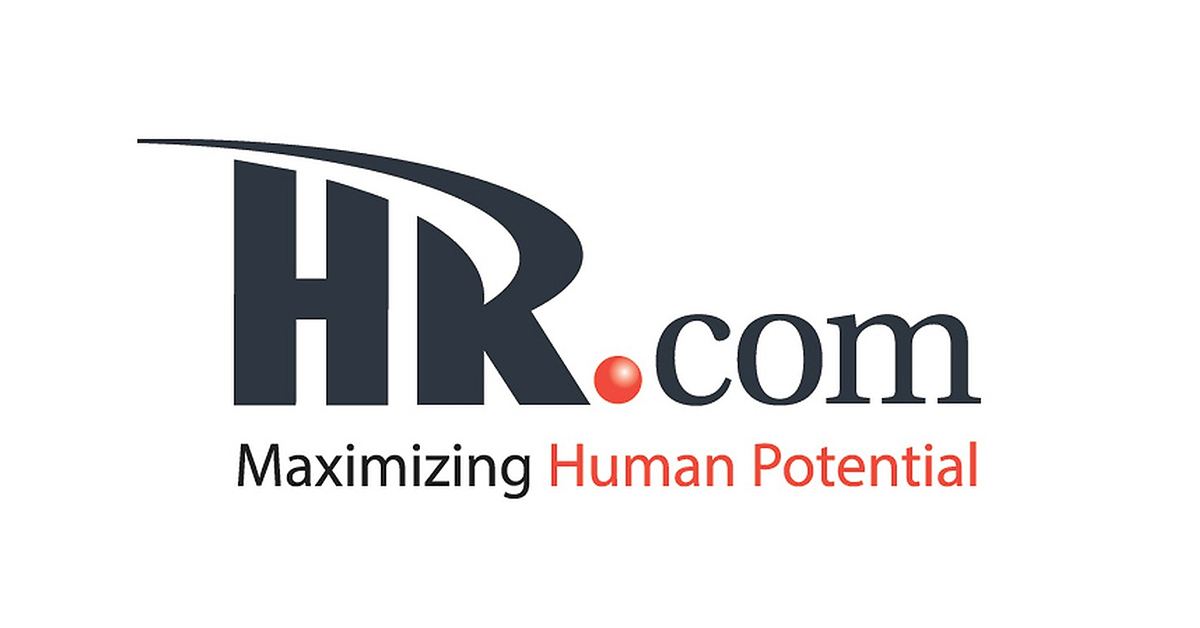Early in April, the LA Times reported that Wells Fargo was ordered to rehire a former bank manager. The bank manager was fired because he reported suspected fraud to his supervisors via the bank’s ethics hotline.
In addition, the financial services firm was ordered to pay more than $5 million to the worker in back pay, damages and legal fees. This is an expensive lesson to learn, and it could have been prevented with a strong internal whistleblower protection and reporting policy. Creating one of these programs is a strong practice to mitigate the risk of your company being hit by these kinds of public, and financially devastating, cases.
THE PURPOSE OF A WHISTLEBLOWER PROGRAM
The role of a whistleblower program is to help companies uncover issues before they come to light in a courtroom or in the press. In the example above, the bank manager attempted to route the issue through his manager, but it was not given the attention and consideration it deserved. It’s important for employees to recognize that, when all else fails, they can seek outside help, such as through OSHA’s Whistleblower Protection program.
In addition, other legislation has made it into the workplace in the form of the Dodd-Frank Wall Street Reform and Consumer Protection Act. This law requires the Securities and Exchange Commission to pay incentives to individuals that willingly volunteer information about problems they are aware of.
Obviously, the goal of any good business leader is to handle an issue appropriately before it spirals out of control, and accepting and supporting these complaints with an internal process or program is the first step.
CREATING AN EFFECTIVE WHISTLEBLOWER PROGRAM
When putting together a program to support whistleblower actions, there are some best practices that ensure a fair, expedient approach to handling claims.
First, provide a way for employees to direct feedback internally. This is best done outside the normal chain of command and can be directly routed to someone such as an internal ethics officer or other senior leader that has the authority to investigate and evaluate the claims.
Next, protect confidentiality to the extent possible. Regarding how claims are submitted, consider making anonymity possible. If the investigation proceeds to the level where the employee must no longer remain anonymous, then that decision can be made carefully and not in haste; however, recognize that protecting the whistleblower will likely help increase the willingness of employees to submit claims. Just over the weekend, the potential for dissuading future whistleblowing was broached in a Bloomberg article discussing Barclay’s CEO Jes Staley’s attempts to unmask a whistleblower last year. Staley’s attempts not only undermined the effectiveness of Barclay’s whistleblower program, they were also violations of U.K. Financial Conduct Authority policy, leaving Staley open to a fine or even a ban from the industry.
Finally, make sure retaliation does not occur in any fashion. This can be an overt action, such as the termination of the Wells Fargo manager, but retaliation can also take other forms. The plight of a V.A. doctor who blew the whistle about manipulation of wait-lists at local healthcare facilities was explored in a recent news story. Dr. Dale Klein was initially put on administrative leave for disclosing this information and now spends his days sitting in a room, stripped of his patients and privileges. He sees this as a retaliatory action against him for bringing the issues to light.
Companies have to be careful not to penalize whistleblowers for making good faith claims. At the end of the day, success is about reinforcing a culture of openness and transparency. When employees feel like their voice counts and there are no punitive measures behind raising an issue, the workforce will collectively seek out opportunities to ensure fairness and honesty. Instead of looking for a way to limit these claims, companies should accept them and address them head on, resolving the issue to the extent possible while it remains in their control.



